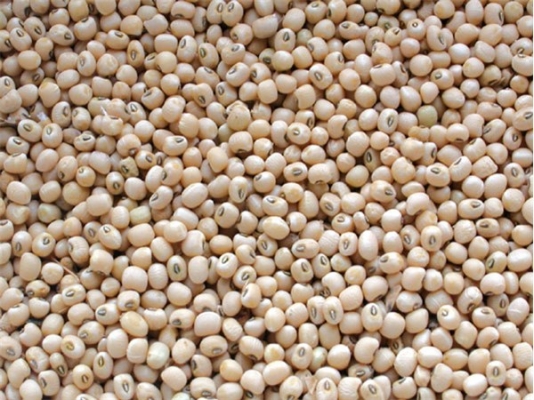General Information
Cow pea is oldest annual legume grown throughout India for green pods, dry seeds, green manure and fodder. It is considered as crop of African origin. It is drought hardy crop also quick growing thus suppressed weeds during initial stage. It also helps to conserved soil and moisture. Cowpea is a good source of protein, calcium and iron. Mixed farming can also be done with maize crop.











